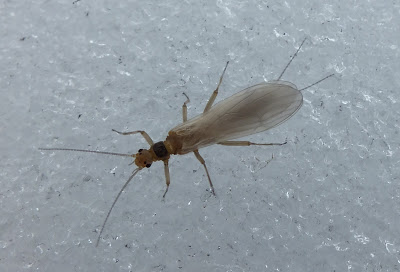It’s funny –
several weeks ago, while interviewing a local fly rod builder for a film I am
working on, I asked him about the first fish he ever caught on a fly rod; he couldn't remember it. At the time I found that a little surprising. But upon later reflection I realized that although I could still remember my first fish
(a 12 inch yellow perch caught on a worm), I could not for the life of me
remember my first fish on a fly rod either. Perhaps the question was not an
entirely fair one to ask. It seems the older we get, the more experiences we
accumulate, the less inclined we are to recall events that have become diluted
by the multitude of more recent and vivid memories. Looking back over a
lifetime can be a daunting task.
Looking
back over the past year is a little more manageable. And New Year’s Eve seems
to be as good a time as any to reflect on the most memorable events, the most
memorable trout, of the past fishing season.
I did catch my share of big fish this year - and had a few days where the fish were more than cooperative. But this year
the nod goes to a 12 inch rainbow. Yup – a single 12 inch fish trumped all
other fish – hands down.
This was a
wild fish caught in a wild place that took more than a little effort to reach. It
was the only fish I caught that day. Given the harsh habitat, this fish was
likely as old as your average 24 inch rainbow on the Bow River. But if you can
imagine taking all of the color, all of the vibrancy, and all of the spunk of
that 24 inch Bow River fish, and concentrating it into 12 inches of sleek, feisty,
chrome-bright skin and scales…
Sometimes
it’s the big one, that 26 inch plus bruiser, that stirs fond memories;
sometimes it’s the big one that got away; sometimes it’s the day where you
caught fish after fish until you started taking things for granted, and thought
you had it all figured out – and sometimes… sometimes it’s about going after
the hard ones.

+copy.jpg)
+copy.jpg)
+copy.jpg)

+copy.jpg)

+copy.jpg)
.jpg)

.jpg)

.jpg)





















.jpg)

.jpg)
.jpg)
.jpg)
.jpg)
.jpg)




